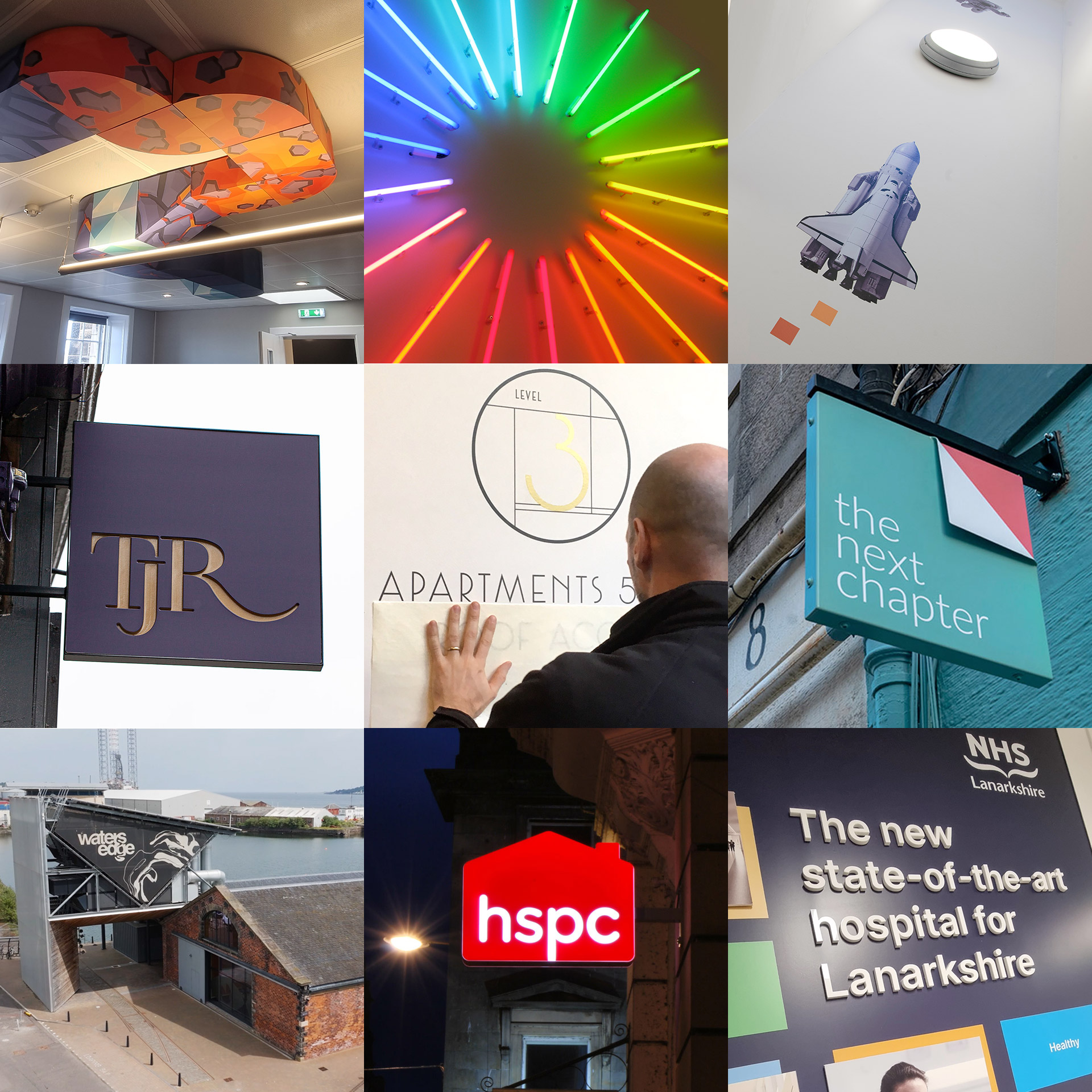Branding doesn’t sit still. It’s a reflection of what people value and those values are always shifting. In 2025, businesses are facing a new set of expectations. It’s no longer enough to look polished or professional. They also need to feel genuinely human, relevant and purposeful.
Whether you’re a high street retailer in Leeds, a FinTech startup in Manchester or a renewables firm in Aberdeen, branding has become about much more than a logo. It’s about identity, voice and how you show up across digital and physical spaces. Here’s what’s shaping branding for UK businesses right now.
1. Brands are finally embracing personality
For years, UK branding leaned heavily into minimalism. Think white space, san-serif fonts and muted tones. While that still has its place, more businesses are beginning to push personality to the forefront.
It’s not about being loud for the sake of it. It’s about standing out in a sea of sameness. British brands like Monzo and Black Sheep Coffee have paved the way by sounding like real people, not faceless corporations. In 2025, even more brands are adopting conversational tone, warmth and clarity across their messaging.
That shift is also being reflected visually. There’s a move away from overly sleek designs towards more playful, illustrative or heritage-inspired visuals. Typefaces with quirks. Logos that feel hand-crafted. These things create a sense of identity – and audiences are responding.
2. Colour is getting bolder
This year, we’re seeing a resurgence of bolder, high-contrast colour palettes, particularly in consumer-facing industries.
Businesses are starting to realise that colour doesn’t just support a brand, it defines it. Brands are using colour not just for recognition but for emotion. A bold, saturated yellow might suggest optimism; a deep cobalt might signal trust.
Still, not every brand is going bold. Some are shifting towards mood-based palettes and colours that create calm, stability or resilience. This is especially popular in sectors like health, finance and sustainability, where reassurance matters.
3. A return to heritage
There’s been a noticeable trend in reviving heritage branding, especially among UK brands with history. Burberry, for example, reintroduced its iconic equestrian knight logo. It’s about nostalgia and grounding. In an age where everything feels fast-moving and unpredictable, heritage provides a sense of trust and continuity. For brands that have been around for decades, returning to origin stories can give them some much needed fresh relevance.
Even younger companies are getting in on this. Some startups deliberately design their brand identities to look ‘established’, using traditional fonts, earthy colour schemes and serif type to suggest longevity.
Our very own project to rebrand the town of Dornoch, leaned heavily into the rich heritage of the area and its coastal location. The combination resulted in a welcoming, modern brand that’s grounded in a sense of history and place. View our work here: https://elasticcreative.co.uk/work/dornoch/
4. Sustainable branding is now the norm
Sustainability is no longer a USP. It’s expected. But in 2025, branding sustainability isn’t about shouting “eco-friendly” with green leaf icons. It’s about showing how you’re making a difference in quiet, confident ways. Customers are tuned in and want transparency, not token gestures.
UK brands like Bower Collective and Toast Brewing do this well. Their packaging, content and tone reflect a deep commitment to sustainable practices without preaching. They use design to inform, not to brag.
From recycled materials to carbon footprint disclosures, everything about a brand’s visual identity can now reinforce its values. For British businesses, particularly those in consumer goods or energy, the branding must align with operations, or risk backlash.
5. Motion and micro-interactions
As more customer touchpoints happen on screens, branding is becoming more dynamic. That includes animation, transitions, and micro-interactions on websites or apps.
It’s subtle stuff, like a logo that shifts gently when hovered over, a navigation bar that animates slightly as you scroll. These elements build brand character. Done well, they make digital experiences feel smoother, more engaging and on-brand.
Motion design also helps brands create moments of delight which is something increasingly important for both consumer and B2B brands.
6. Inclusive and representative design
UK audiences are diverse, and brands that reflect this in their language and visuals build stronger trust. In 2025, more British businesses are investing in inclusive design – from imagery choices to accessibility standards on their websites.
That means avoiding tokenism and creating materials that are genuinely representative. It also means making sure your brand works for everyone: clear typography, readable colour contrast, accessible navigation, and language that welcomes rather than excludes.
Brands like Scope, the disability equality charity, lead by example here, but even retail and tech brands are catching up.
Final thoughts
The branding landscape is evolving fast but not without direction. The trends of 2025 are pointing towards authenticity, emotion and responsibility. British businesses are finding ways to stand out by being more real, more rooted in values and more connected to the people they serve.
In a world where attention is scarce and trust is hard-won, the brands that thrive will be those that go beyond just looking good. They’ll be the ones that feel right.


